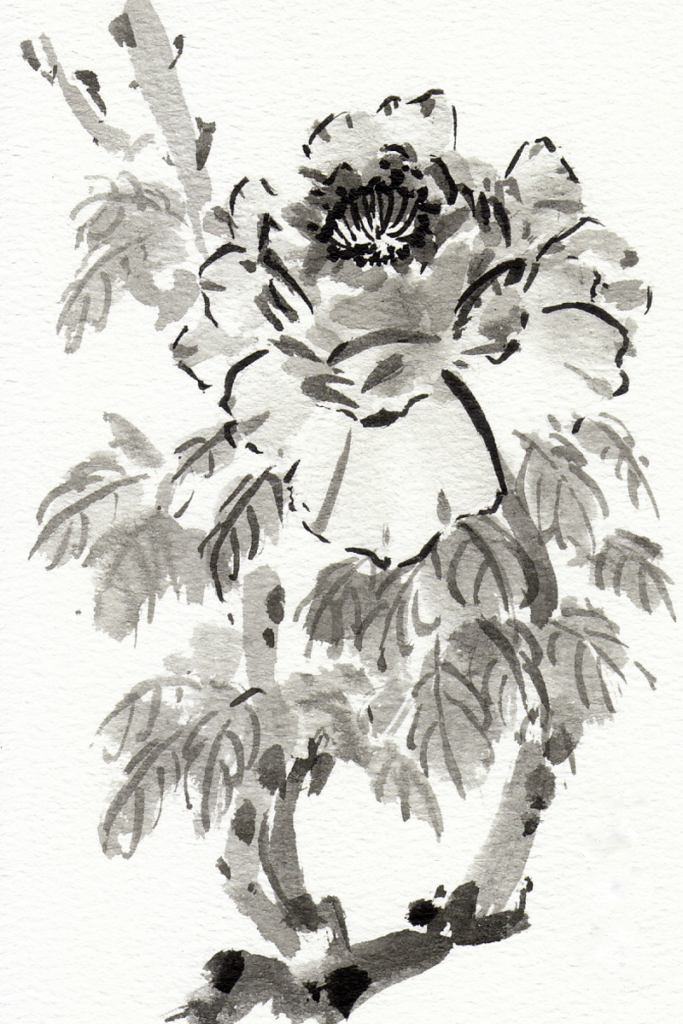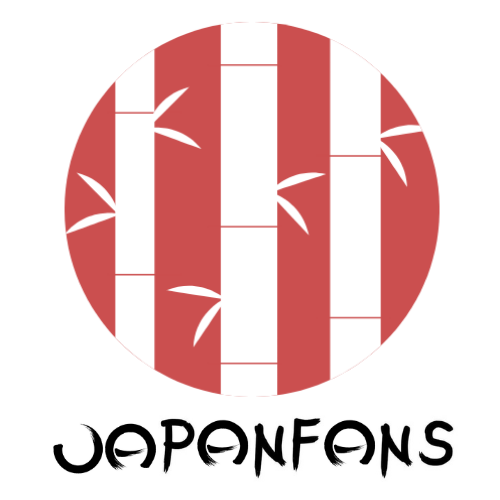What are the key differences of Japanese art vs Chinese art? And what influenced them? While both traditions hold immense cultural significance, they possess distinct characteristics that set them apart. A guest blog by Joost.
Japanese Art vs Chinese Art: Key Differences
& What Influenced Them
What are the key differences between Japanese and
Chinese art?
The art of Chinese and Japanese differs significantly in terms of aesthetics, although both traditions are highly regarded. Chinese art is often ornate and formal, whereas Japanese art is typically simple and natural. Chinese art depicts historical or mythological scenes, while Japanese art typically depicts nature and seasons.
Japanese art is a relatively young art form compared to Chinese art, which has been considered the pinnacle of its kind for centuries. Japanese artists emerged in the late 19th century and produced unique styles that have become world-renowned. Some of the key differences between Japanese and Chinese art include:
- The use of colour: Chinese artists tend to use more colours than Japanese
artists. - The use of space: Japanese artists tend to use negative space in their artwork,
while Chinese artists tend to fill the entire canvas. - The use of brushstrokes: Chinese artists are known for their long, fluid
brushstrokes, while Japanese artists are known for their short, sharp strokes.
Neither Japanese art nor Chinese art is inferior in terms of beauty. It is up to the
individual to decide which they prefer.
What Are The Major Influences On Japanese Art?
The arts of Japan have evolved and changed over time as Japan’s history has changed. Japanese art evolved as history, politics, and other changes took place.
Religion had a profound influence on the arts and their development of them, as did many Asian cultures. Shintoism and Buddhism played an influential role in Japanese art. Buddhism arrived in Korea in the sixth century, leading to the construction of religious sites, cultural sites, and sculptures with a distinct Chinese
or Korean feel. There has been a tendency for Japanese arts to resemble Korean or Chinese arts of the same period. In the 9th century, Japanese art began to break away from Chinese influence.
What Are The Major Influences On Chinese Art?
Similarly to Japanese art, Chinese art reflects the class structure that existed during different periods in Chinese history. Chinese art also changed or developed as Chinese history changed or developed. For centuries, China has produced a variety of forms of art, including painting, calligraphy, architecture,
pottery, sculpture, bronze, jade carvings, and decorative arts.
It is evident in Chinese art that there is a religious influence. The artists wanted their art to be aligned with the gods’ will. Chinese art was engrained with both a social and moral function. The Chinese were incredibly sensitive to the yin-yang aspects of their art.

Do you agree with the characteristics as explained by Joost? Let’s discuss this in our groups for Japan Fans and China Fans. If you are interested in exploring Japanese (inspired) art with your own hands, you can join our free artists’ meet-ups in Utrecht.
